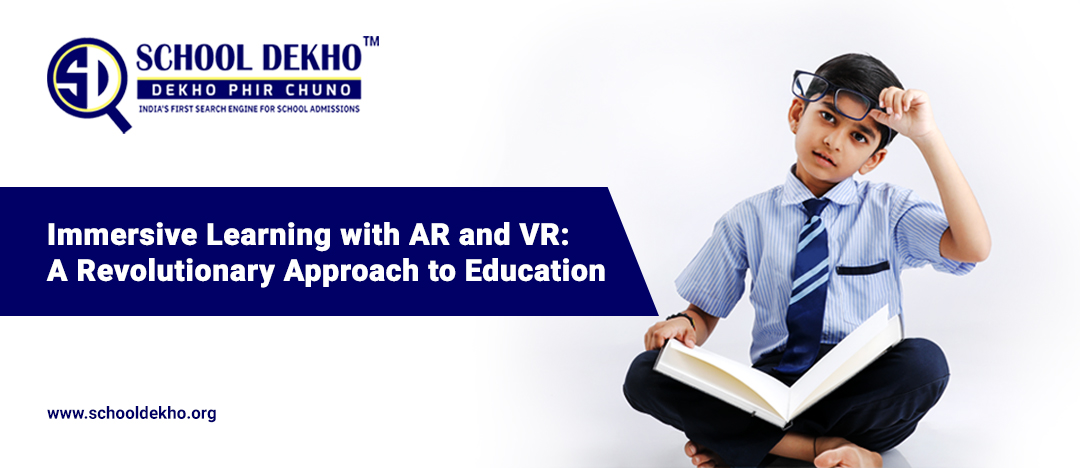
Immersive Learning with AR and VR: A Revolutionary Approach to Education
AR is a technology that overlays digital content in the real world. It can be used to provide additional information about physical objects or to create interactive experiences. In education, AR can be used to bring static images to life, allowing students to interact with them and gain a deeper understanding of the subject matter. For example, an AR app can be used to overlay information about the human body onto a textbook image, giving students a 3D view of the organs and their functions.
VR, on the other hand, is a technology that creates a completely immersive experience by placing the user in a virtual environment. In education, VR can be used to create simulations that allow students to explore different scenarios and environments. For example, VR can be used to simulate a historical event or a scientific experiment, giving students a firsthand experience that enhances their understanding of the subject.
The use of AR and VR in education offers many benefits:
First, it provides a more engaging learning experience, which can increase student motivation and interest in the subject matter. The immersive nature of AR and VR allows students to explore and interact with the subject in a way that is not possible with traditional learning methods. This can also lead to better retention of information as students are more likely to remember experiences that they have had, rather than just reading or hearing about them.
Another benefit of immersive learning with AR and VR is that it allows for more personalized learning. Students can explore the subject matter at their own pace and focus on areas that they find challenging. This can also be useful for students with learning disabilities who may require a more interactive and visual learning experience.
Furthermore, the use of AR and VR can help students develop critical thinking and problem-solving skills. By immersing students in real-life scenarios and challenges, they are forced to think creatively and find solutions to problems. This can be particularly useful in fields such as engineering, where students can use VR to simulate the design process and test their ideas in a safe and controlled environment.
In conclusion, immersive learning with AR and VR is a powerful tool that can transform education in the 21st century. The use of these technologies provides a more engaging and interactive learning experience that can increase student motivation, retention, and understanding of complex concepts. As technology continues to evolve, the possibilities for immersive learning are endless, and we can expect to see more innovations in this field in the future.
Contact with Us
Call: 1800 - 2588 - 074
Mail: info@schooldekho.org
Student’s Best Education Portal | School Dekho | India's First School Search Engine | Best Schools Near Me | Find Schools Near Me | Dekho Phir Chuno
#dekhophirchuno


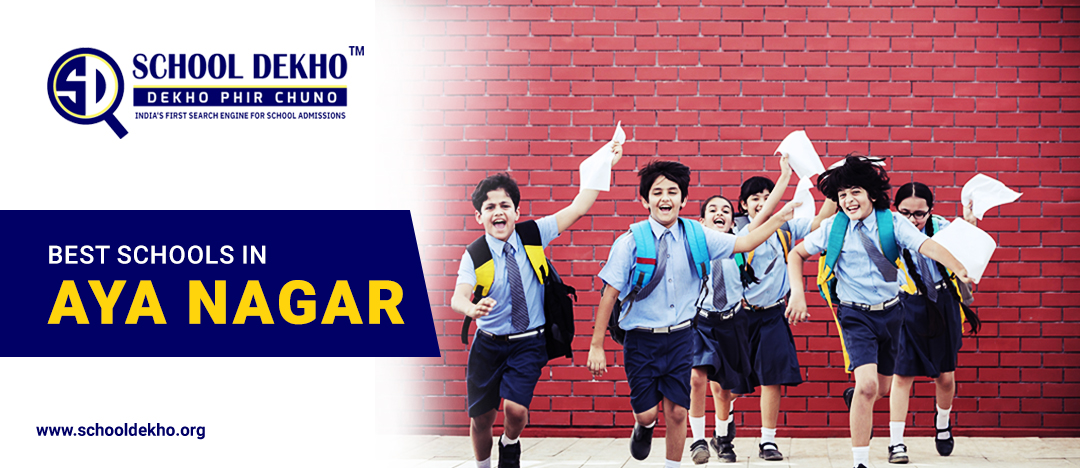
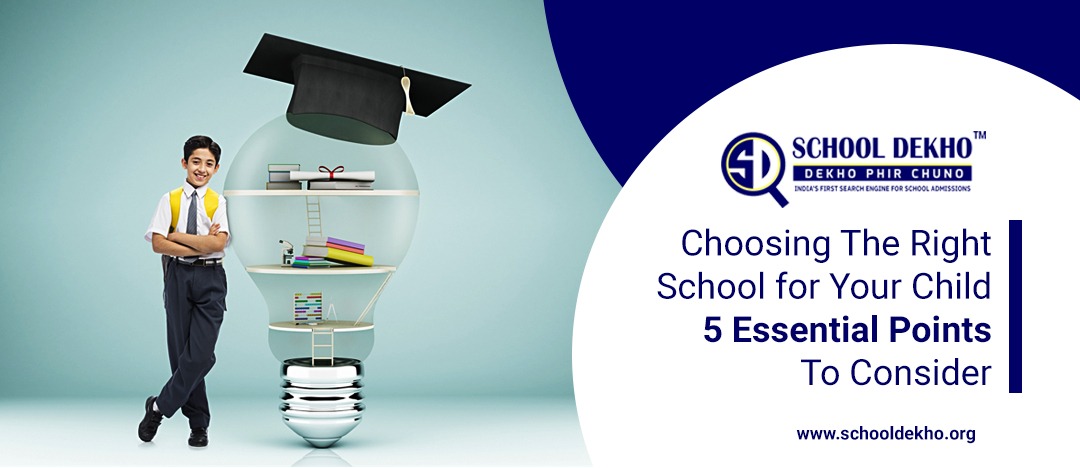

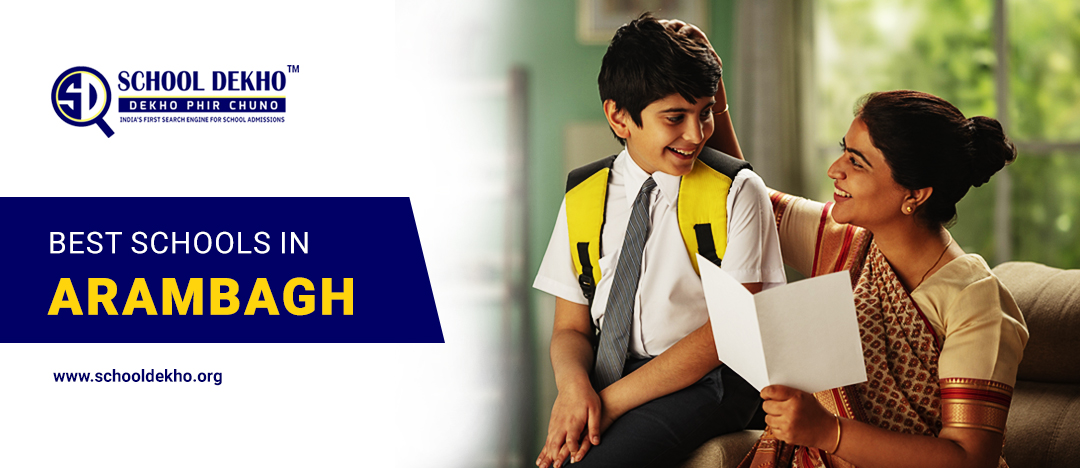
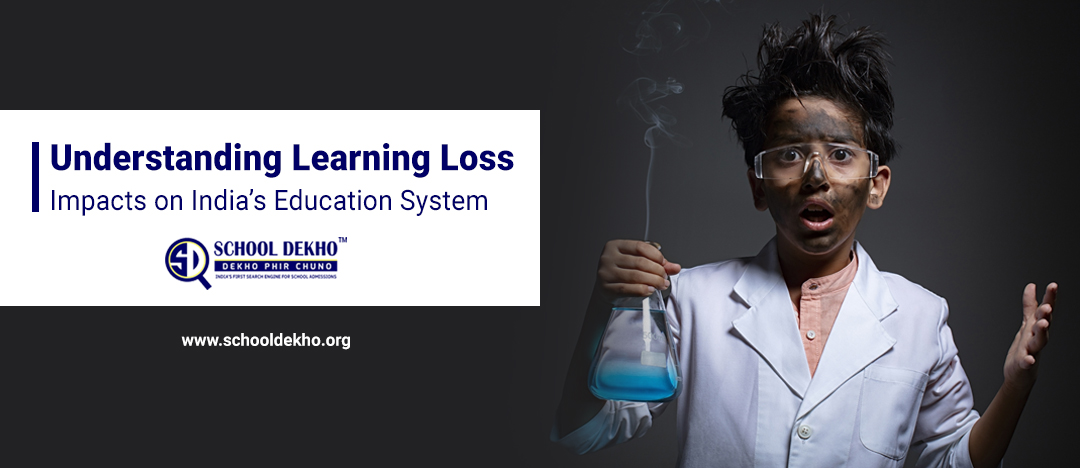
Leave your thought here
Your email address will not be published. Required fields are marked *